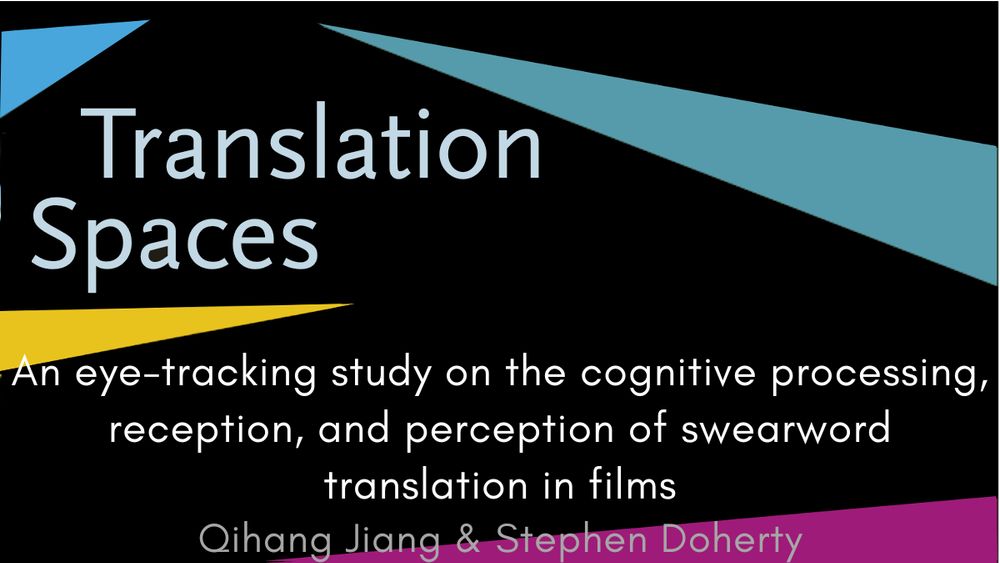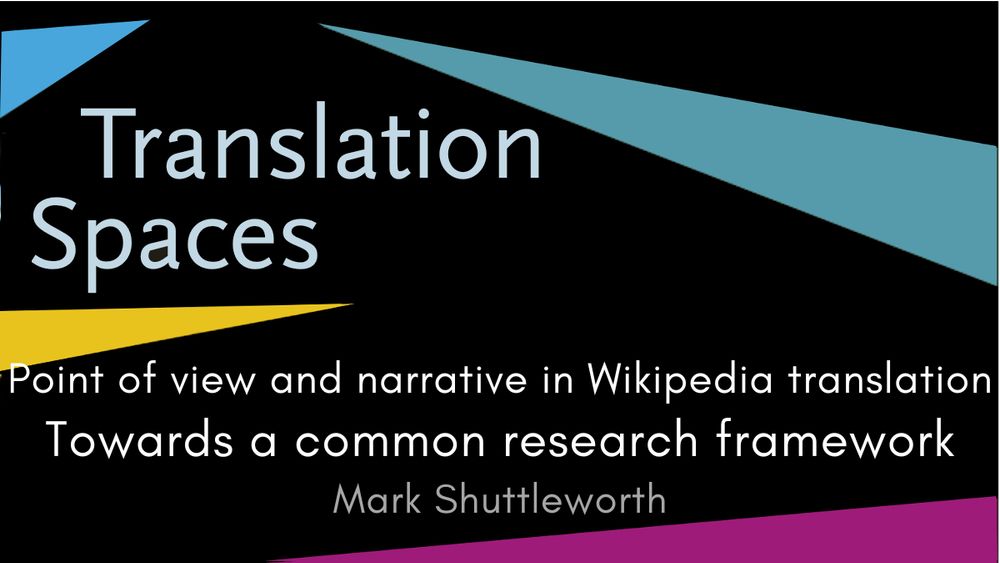
Technological advances lead to an increasing array of widely accessible online audiovisual (AV) products. However, translating these AV products poses challenges, especially for culturally sensitive content like swearwords. Using eye-tracking, this study investigates how audiences cognitively process translated swearwords in films from English to Chinese. The experiment involved 150 participants distributed among five different subtitling groups, with each group (n = 30) exposed to four clips under a distinct translation strategy for swearwords. While cognitive processing measures showed no significant differences across strategies, the mean fixation duration was notably higher in the softening strategy group during gunfight scenes, suggesting heightened audience engagement. Pre- and post-questionnaire responses revealed participants’ functional awareness of swearwords and a preference for literal translation. Additionally, no significant differences were found in immersion, satisfaction, enjoyment, comprehension, or perceived offensiveness across film clips. This study contributes empirically and methodologically to understanding subtitling practices, offering insights into audience reception.
New article! An eye-tracking study on the cognitive processing, reception, and perception of swearword translation in films
Qihang Jiang & Stephen Doherty use eye-tracking to investigate how audiences cognitively process translated swearwords in films.
#translation
doi.org/10.1075/ts.2...
05.12.2024 18:52 — 👍 4 🔁 1 💬 0 📌 0

Scimago journal ranking graph with an overall score of 1.61 for Translation Spaces
Translation Spaces' Scimago journal ranking is 1.61, in the top quartile for Communications (#29 globally), Literature & Literary Theory (#1) & Linguistics and Language (#25).
Thanks to our contributors, guest editors & John Benjamins!
Consider submitting your work to benjamins.com/catalog/ts
05.12.2024 18:20 — 👍 2 🔁 0 💬 0 📌 0

Wikipedia prides itself on its ability to provide nuanced and largely neutral information, while as part of its participatory editing process translation is sometimes used to introduce content that can impact point of view. Because of the clear overlap between narrative and point of view, this article proposes an initial framework based on narrative theory — supplemented by Bakhtin’s notion of polyphony — to theorise point of view in Wikipedia and beyond. The article assembles a list of methods and tools for synchronic and diachronic analysis and exemplifies how different analyses might proceed. In this way, the article aims to problematise the concept of point of view, to contribute to the significant impact that translation studies has had on narrative theory and to advance research into the specifics of Wikipedia translation. Along the way, the English edition’s claimed neutral status is called into question as it also displays evidence of manipulation.
New article! Point of view and narrative in Wikipedia translation: Towards a common research framework
@markshuttleworth.bsky.social proposes an initial framework based on narrative theory to theorise point of view in Wikipedia and beyond.
#translation #translationstudies
doi.org/10.1075/ts.2...
05.12.2024 18:10 — 👍 5 🔁 1 💬 0 📌 0
Connecting research and researchers. https://linktr.ee/orcid_org
Write like a rocket scientist with Overleaf — the collaborative, online LaTeX editor that anyone can use.
Everyone should benefit from scientific knowledge. We explain research in plain language, and showcase it – to accelerate and broaden the impact of research in the wider world.
We measure the attention that research outputs receive from policy documents, mainstream news outlets, Wikipedia, social media and online reference managers. We detect sentiment of Bluesky/X posts.
Come for the attention to research. Stay for the memes.
official Bluesky account (check username👆)
Bugs, feature requests, feedback: support@bsky.app


